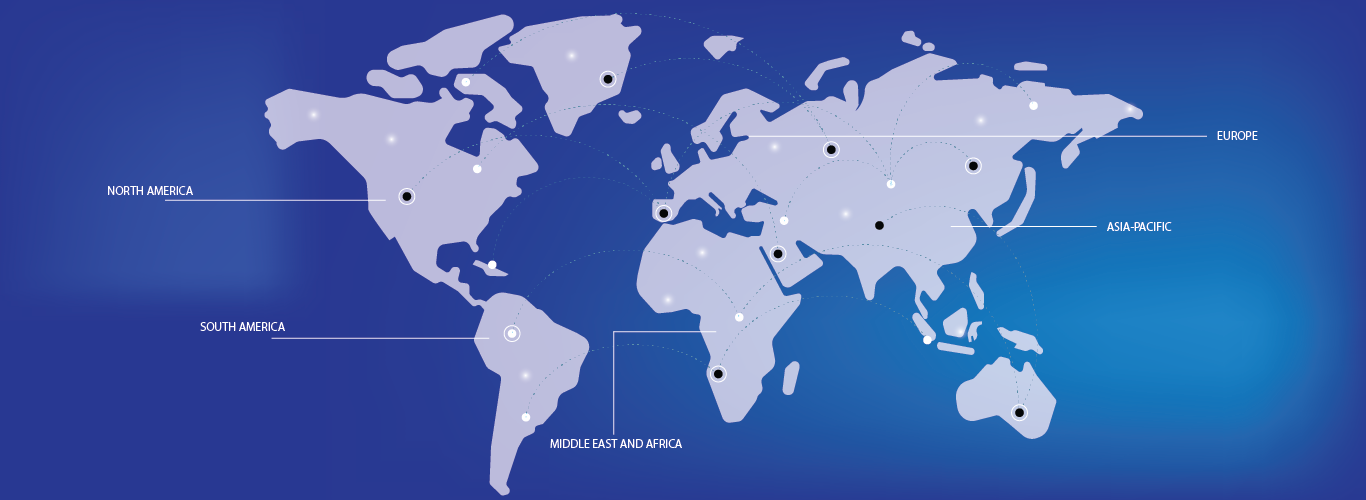Frequently Asked Questions
The market is segmented based on Segmentation, By System (Single Qubit Quantum System and Multiple Qubit System), Qubits (Trapped Ion Qubits, Semiconductor Qubits, and Super Conducting), Offering (Systems and Services), Deployment Model (On-Premises and Cloud), Component (Hardware, Software and Services), Application (Cryptography, Simulation, Parallelism, Machine Learning, Algorithms, and Others), Logic Gates (Toffoli Gate, Hadamard Gate, Pauli Logic Gates and Others), Verticals (Banking and Finance, Healthcare and Pharmaceuticals, Defense, Automotive, Chemical, Utilities, and Others) – Industry Trends and Forecast to 2032
.
The Global Quantum Computing Market size was valued at USD 10.40 USD Billion in 2024.
The Global Quantum Computing Market is projected to grow at a CAGR of 7% during the forecast period of 2025 to 2032.
The major players operating in the market include Honeywell International , Accenture, Fujitsu, Rigetti & Co , 1QB Information Technologies , IonQ, Atom Computing , ID Quantique, QuintessenceLabs, Toshiba Research Europe , Microsoft, Magiq Technologies , NEC Corporation, Anyon System , CAMBRIDGE QUANTUM COMPUTING LTD, QCWare, and Intel Corporation.
The market report covers data from the U.S., Canada and Mexico in North America, Germany, France, U.K., Netherlands, Switzerland, Belgium, Russia, Italy, Spain, Turkey, Rest of Europe in Europe, China, Japan, India, South Korea, Singapore, Malaysia, Australia, Thailand, Indonesia, Philippines, Rest of Asia-Pacific (APAC) in the Asia-Pacific (APAC), Saudi Arabia, U.A.E, South Africa, Egypt, Israel, Rest of Middle East and Africa (MEA) as a part of Middle East and Africa (MEA), Brazil, Argentina and Rest of South America as part of South America.





